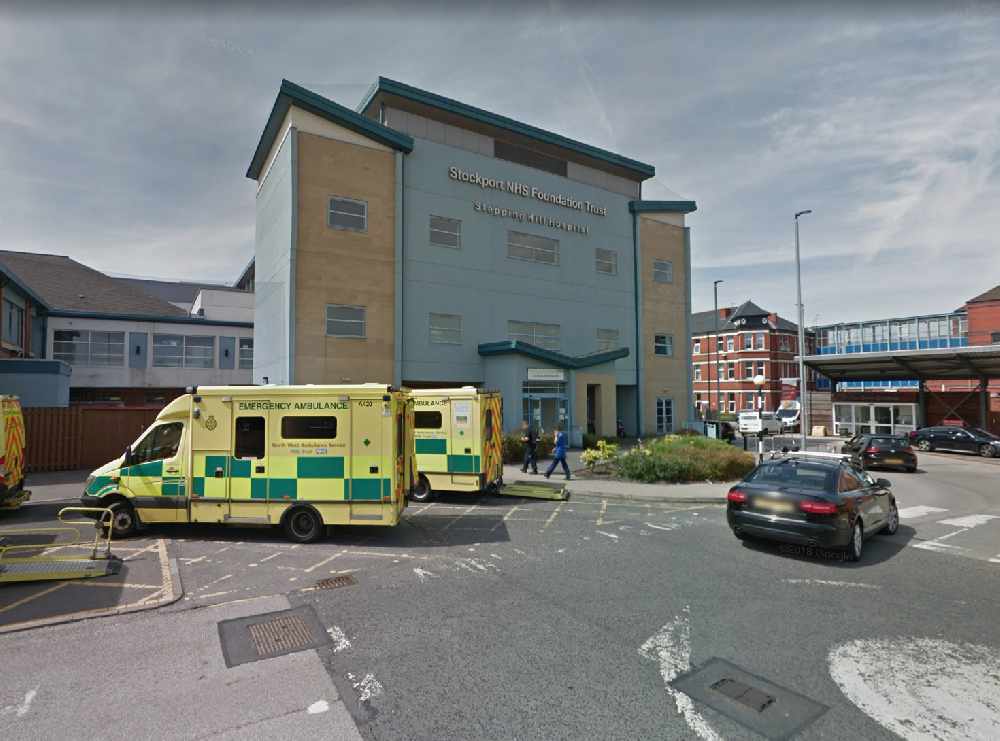
More than 13,000 people are unable to leave hospitals in England each day - despite being classed as fit to leave.
That is according to the latest piece of research by the Shared Data Unit, which has looked into the extent of delayed discharges - sometimes referred to as ‘bed blocking’ - at acute hospital trusts in England.
They found that, at some trusts, only one in every ten adult patients eligible to leave can actually do so at the end of each day, with the North West home to the largest proportion of delays.
Almost half of those were because patients were waiting for care packages to begin in a facility or at home, but many were also waiting for community hospital beds.
While levels of delays have remained stable over the course of the last year nationally, the winter peak seen in 2022 was almost double what it was a decade ago.
The government has released £600m in 2023-24, which aims to help councils recruit and retain more care workers, but health leaders say the plans fall short of the reform required.
“At the heart of this is persistent understaffing across all care settings,” said the Royal College of Nursing director Patricia Marquis.
“We would like to see a long-term plan for social care that matches the ambitions of the recent NHS Long-term Workforce Plan. Put simply, we need more nursing staff in the community and social care sector.”
The North West had the worst figures with 69 per cent of patients unable to be discharged each day with Stockport the worst performing trust with 93 per cent of patients blocking beds.

In Tameside And Glossop Integrated Care NHS Foundation Trust between July 1 2022 and June 30 2023 on an average night 48 per cent patients who had been identified as ready to be discharged that day were still occupying a bed at midnight.
This is 9.8 percentage points lower than the average figure for trusts across England (57.8%).
On three days 100 per cent of patients classed as “no longer meeting the criteria” to be in hospital were still occupying beds at midnight. This means that on 1% of days for which data was provided, not a single patient was discharged.
The day when the most patients were left in hospital was Wednesday March 29 2023 when 95 who could have been discharged were still in the hospital at the end of the day.
The proportion of patients ready to be discharged but still occupying beds was worst on Sundays, when 68.4% of patients identified as ready to be discharged that day were still occupying a bed at midnight.
NHS England recently started publishing aggregated reasons behind the delays at each hospital trust.
Each trust provides a weekly snapshot of the number of people who have remained in a hospital bed for more than 14 days despite being eligible to leave. It breaks that number down into one of 18 categories, or reasons for them remaining. The NHS then publishes a monthly average of those snapshot figures and the reasons given.
Between July 2022 and June 2023 the most reported reason was “awaiting availability of resource for assessment and start of care at home”. This accounted for 24% of all reasons given and is also known as pathway 1.
It was followed by pathway 2: “awaiting availability of rehabilitation bed in community hospital or other bedded setting” (23 per cent) and pathway 3: “awaiting availability of a bed in a residential or nursing home that is likely to be a permanent placement (21 per cent).
Reasons relating to delays in clinical decisions, such as awaiting a discharge summary from a doctor and awaiting a diagnostic test account for a relatively small proportion of the reasons given: 16 per cent.
Caroline Abrahams, charity director at Age UK, said: “Behind these statistics are real people, the vast majority of them older, who had to endure the misery of being stuck in a hospital bed for far longer than was good for them, potentially undermining their chances of making a good recovery. This is so sad for them and their families and a waste of NHS resources, so looking ahead to this winter it is vital that the health and care system works better in discharging older people from hospital once they are medically well enough to leave.

“We know that many lessons have been learned from the bad experiences last winter and that huge efforts are being made to gear up the NHS to perform better in terms of discharges when the pressure intensifies in a couple of months’ time. New innovations like community-based falls services, hospital at home teams and local care hubs should all help, but the continuing lack of social care, especially at home, remains a serious problem in many places. Unless and until a Government really grips social care and the need to pay care professionals more - not just over the winter but as part of their basic pay - many older people will be at risk of longer hospital stays than are strictly necessary.”
Royal College of Nursing Director for England, Patricia Marquis, said: “No patient should spend longer in hospital than necessary, but a lack of social or home care is leaving many waiting to be discharged - when they should be getting more appropriate care elsewhere.
“At the heart of this is persistent understaffing across all care settings – but particularly in social care. We would like to see a long-term plan for social care that matches the ambitions of the recent NHS Long-term Workforce Plan. Put simply, we need more nursing staff in the community and social care sector.
“Nursing staff will do everything they can to provide the right care for all their patients but without the investment to grow the whole of the nursing workforce, they will continue to face massive pressures and it is their patients who will pay the price."
A spokesman for the Department of Health and Social Care said: “It is vital people receive the right care in the right place, and we are working to ensure patients are discharged safely from hospital, as soon as they are medically fit to do so. A record £1.6 billion investment is supporting this, on top of the £700 million to ease hospital pressures over last winter and the £42.6 million fund to support innovation in adult social care.
“To further bolster the workforce, we are continuing our Made With Care recruitment campaign – designed to reach millions of people – and the average pay for care workers has also increased. Staff retention is equally as important, which is why we are also investing almost £2 billion over two years to help councils support the workforce.”


 Another F1 Academy podium for Palmowski
Another F1 Academy podium for Palmowski
 Twenty 'dangerous' bikers prosecuted over past two weekends
Twenty 'dangerous' bikers prosecuted over past two weekends
 TransPennine Express steps in to keep passengers moving this Easter weekend
TransPennine Express steps in to keep passengers moving this Easter weekend
 New Timetables For Trains Across The North In May
New Timetables For Trains Across The North In May




